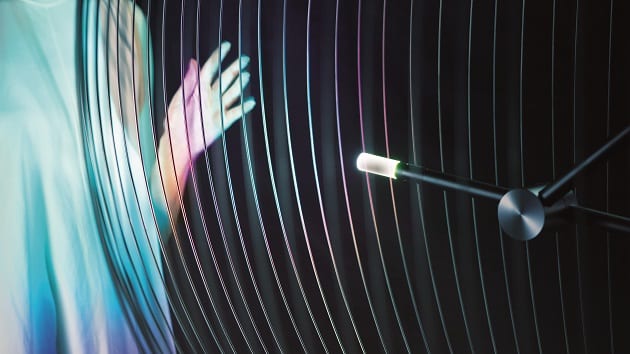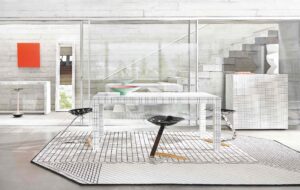 |||
|||
Sony Design explains how its Affinity in Autonomy exhibit at this year’s London Design Festival explores our developing interaction with robotic design.
OnOffice: What is your V&A project for the London Design Festival?
Affinity in Autonomy represents our thoughts on the future of artificial intelligence (AI) and robotics, envisioning a world in which intelligence, technology and creative design are more integrated. We believe that the relationship between humans and technology will evolve through deeper understanding of AI and its ability to display feelings.
OO: Why is the project called Affinity in Autonomy?
With emotions made possible by our AI technologies and sensory perception from sensing technologies, robotics will evolve to the level of having consciousness and a sense of being alive.
When this leads robotics to converge with humans on their own, it gives rise to new relationships between humans and robotics. We believe that when these interactions occur, we will have coexistence between humans and robots in the truest sense of the word.
OO: Why did you decide to design Pendulus?

Translating innovation into perceptual experiences is the theme for Sony Design’s creation of this interactive robotic pendulum. The independence and free will of robotics are portrayed by its random movements. Human presence can be detected, and recognition appears from within the kinetic motion.
Exhibiting a rich, dynamic and autonomous behaviour, Pendulus engages by seeking an emotional and physical response. This conceptual piece endeavours to portray emotion and sensitivity, illustrating the enriched relationship possibilities for a new tomorrow.
OO: What was the project inspired by?
Sony created the world’s first entertainment robot, Aibo, back in 1999. We have since cultivated our knowledge of AI and robotics through production of many concepts and products. The latest iteration of Aibo is able to display emotion and show learning, thanks to our increased knowledge of artificial intelligence, sensing and robotics technology.
As it is able to evolve via interaction with its owner, the emotions and behaviours of Aibo will learn, grow and develop as a real companion after spending time together.
Learning through designing Aibo and other products, along with the advancement in technology, were some of the factors at the basis of our project.
OO: How long did it take you to design?
Various aspects have been incorporated into the project, so it is hard to specify the length of the project.
OO: What do you aim to achieve?
From a design perspective, Sony Design translates innovation into experiences, visualising an entertaining and enriched lifestyle for a new tomorrow. With an emphasis on providing such experiences, we portray emotion, sensitivity and convenience by revealing previously unseen conceptual prototypes. Through audience engagement, encouragement and feedback, Sony Design can maintain the quest for a more “heartfelt future”. This value will always be at the core in designing.
OO: What do you think the future holds for AI?
We do not know how far out in the future it will be, but we envision a world in which intelligence and technology are more integrated into our lifestyles. It is hard to predict what will hold for the future, but we hope visitors will feel an enriched future life with AI and robotics.
OO: What are you most looking forward to in this year’s festival?
We look forward to exhibiting within the amazing V&A Museum and seeing the audience interactions with Affinity in Autonomy.
The London Design Festival will be in locations throughout London from September 14-22.




















